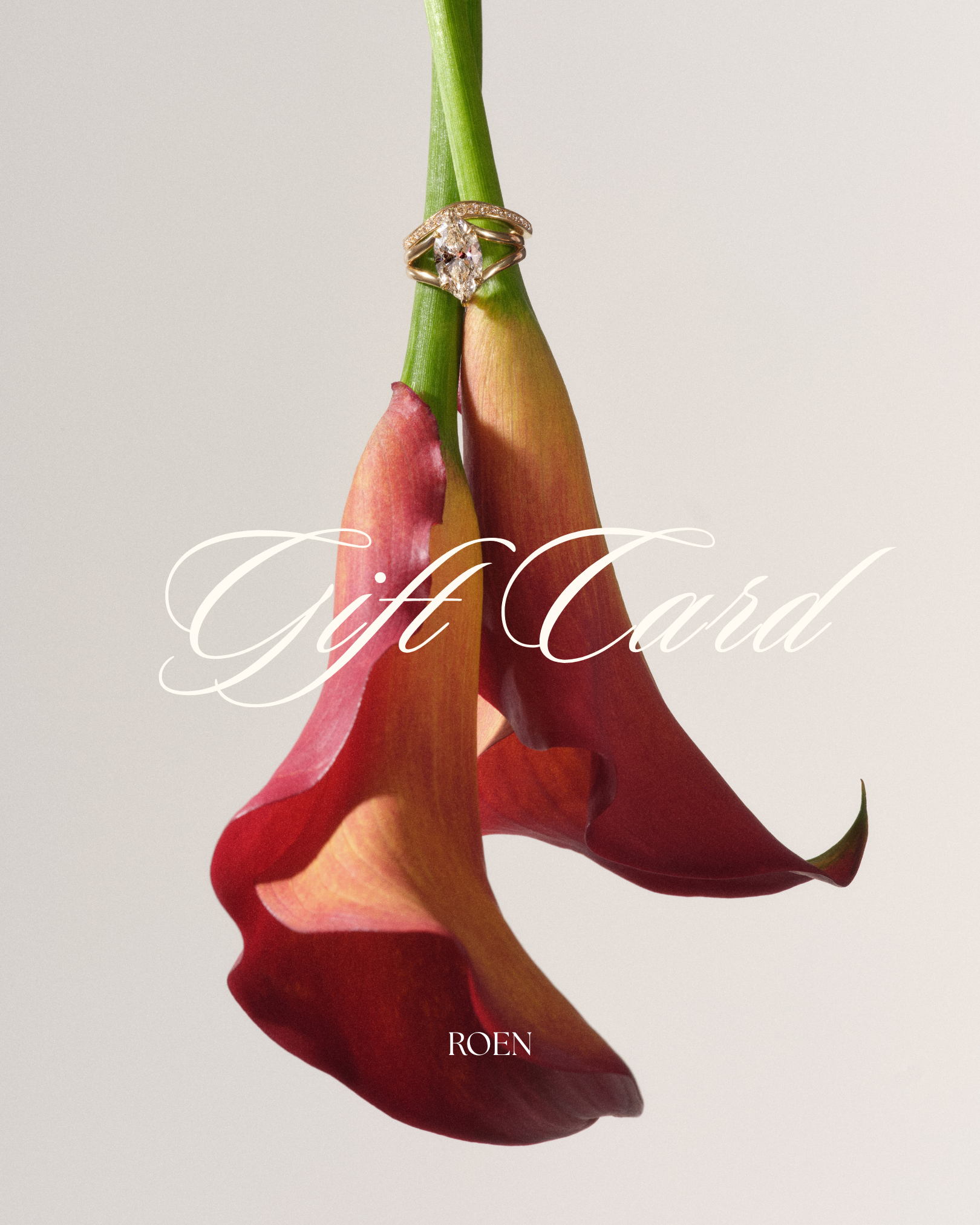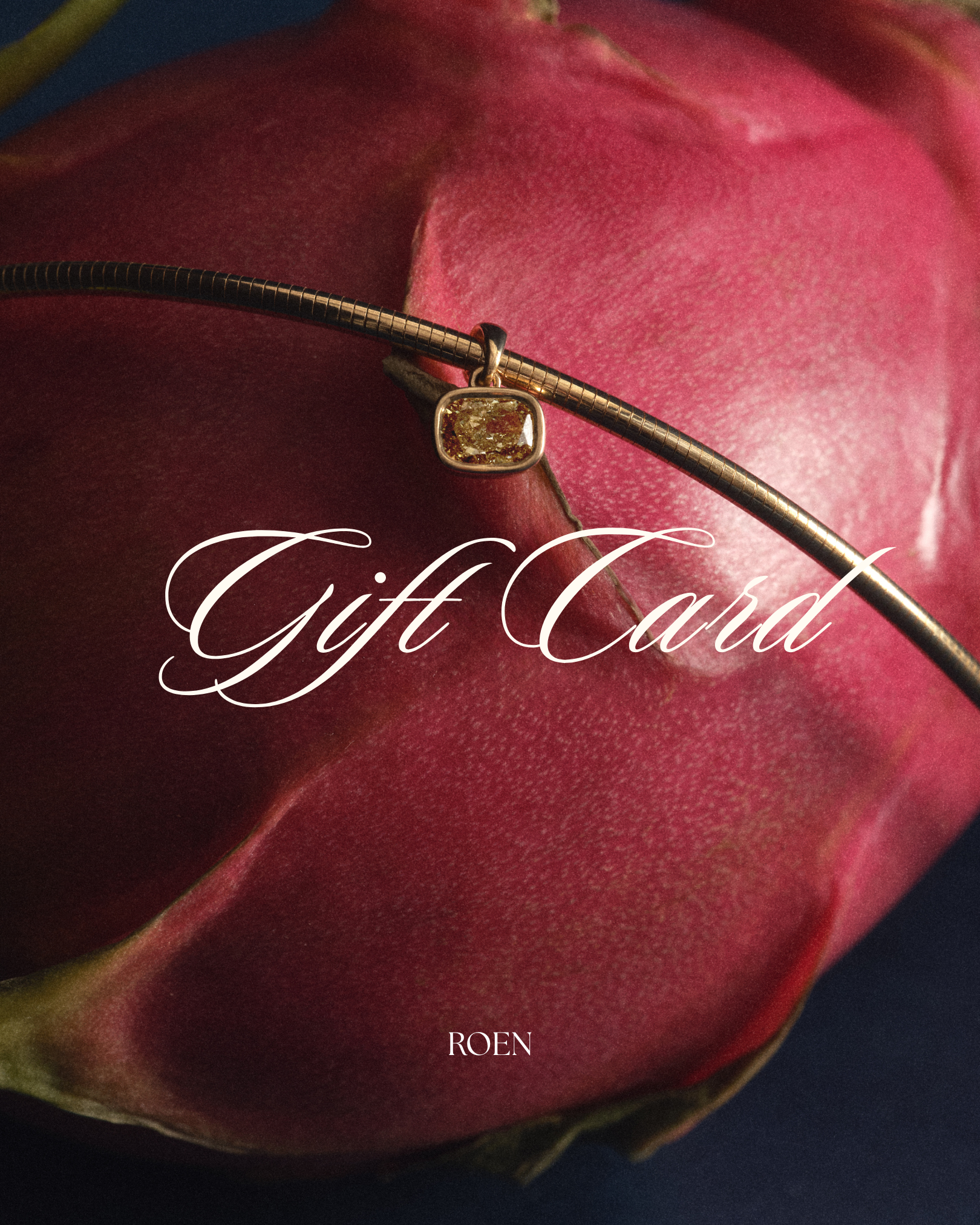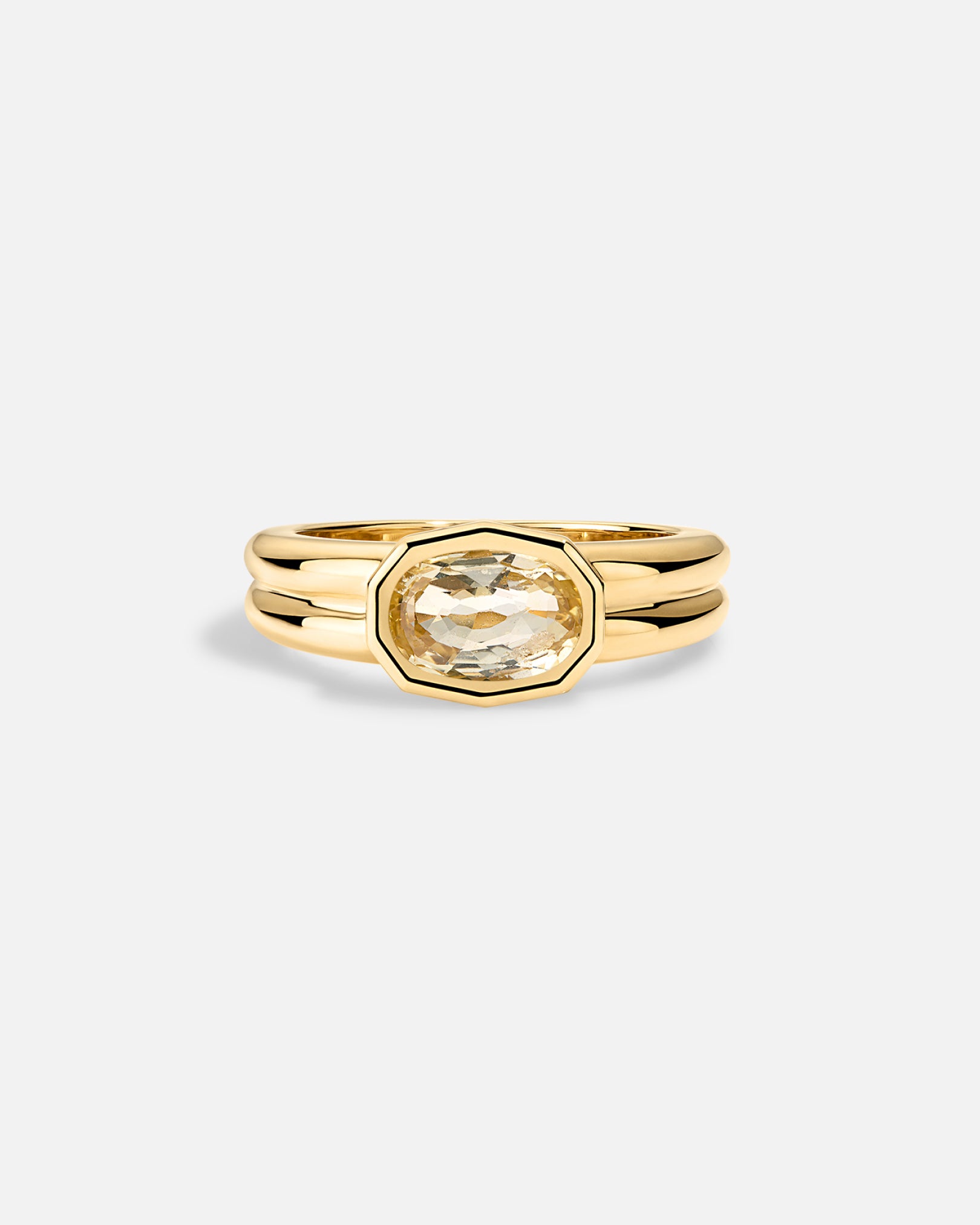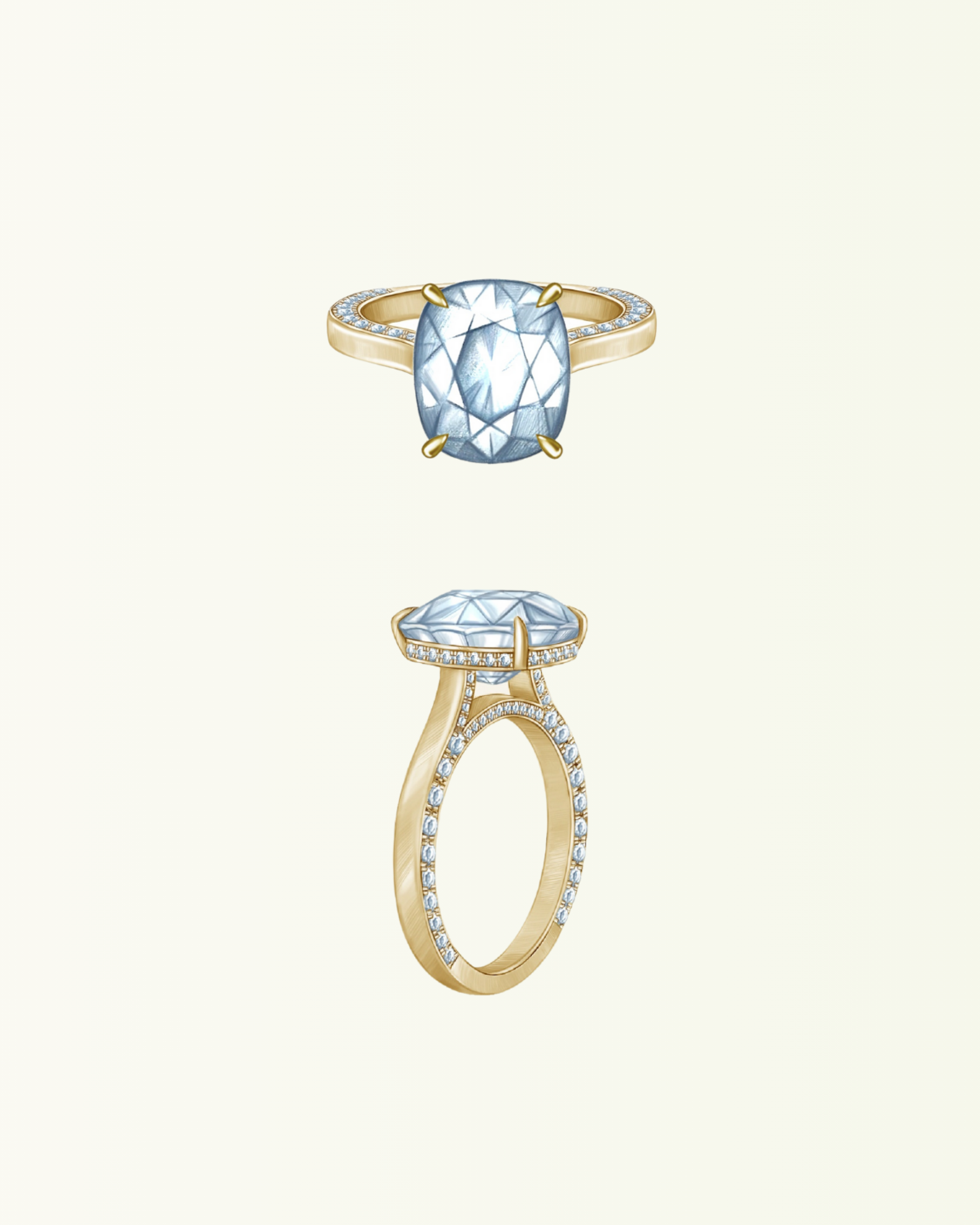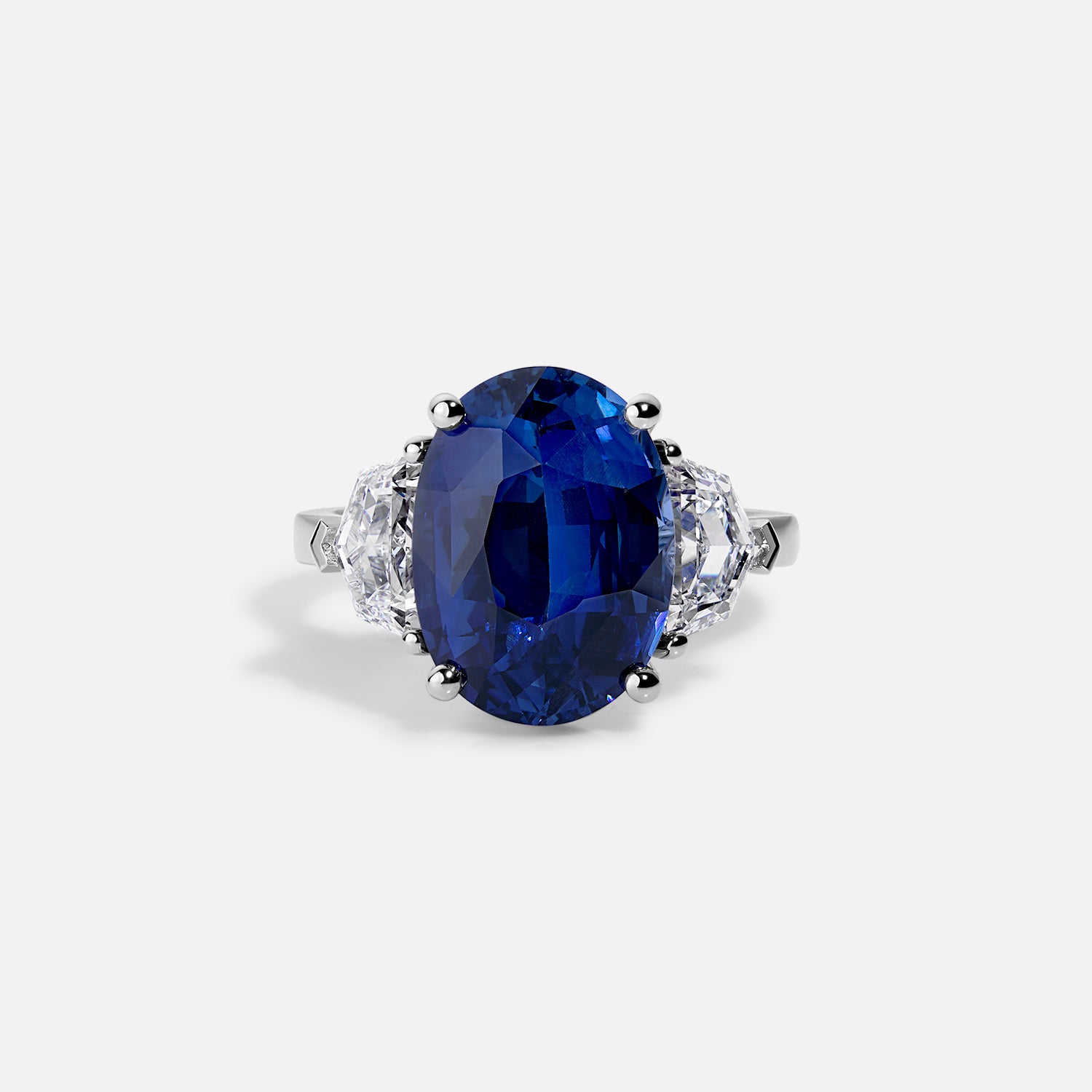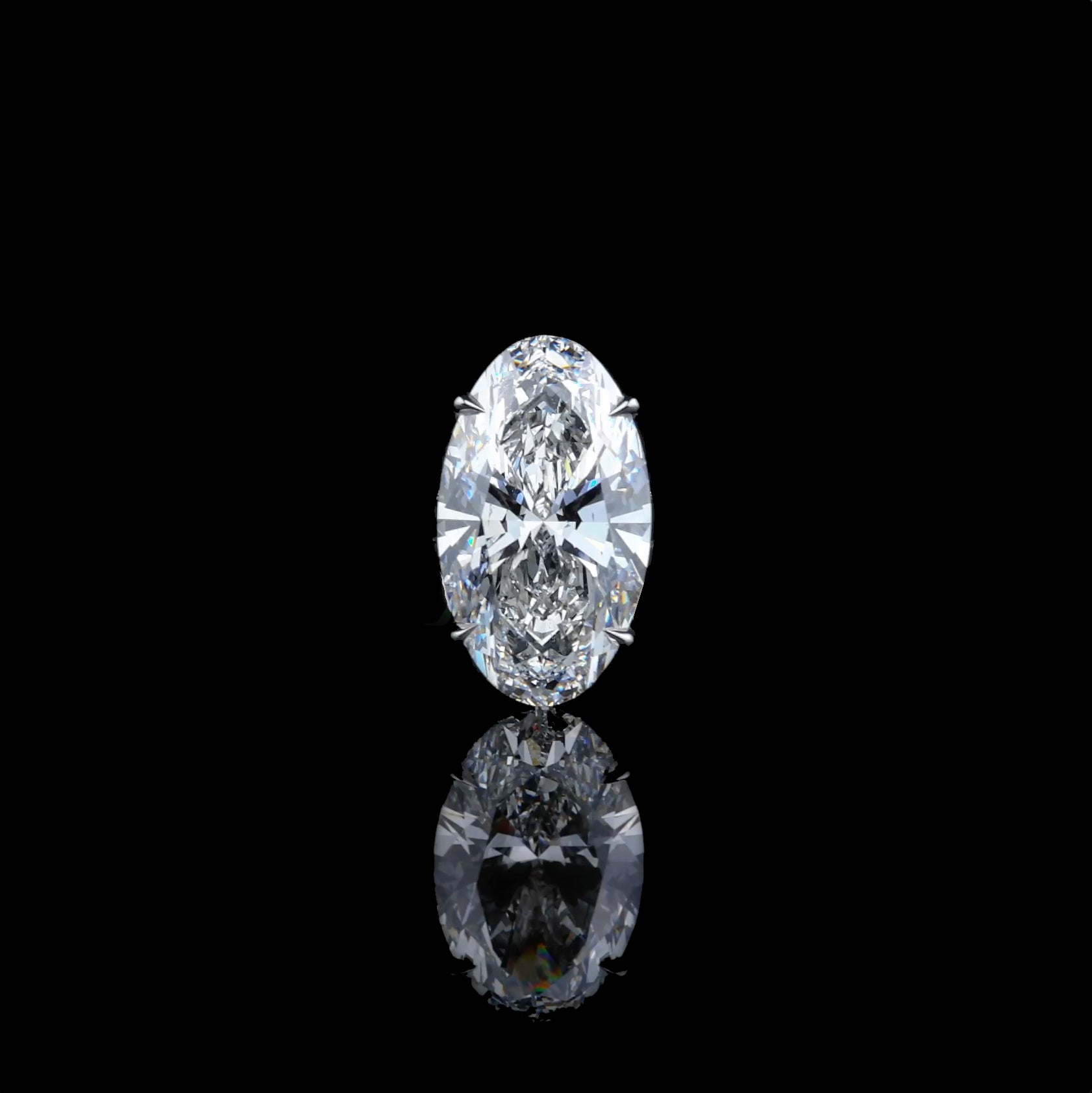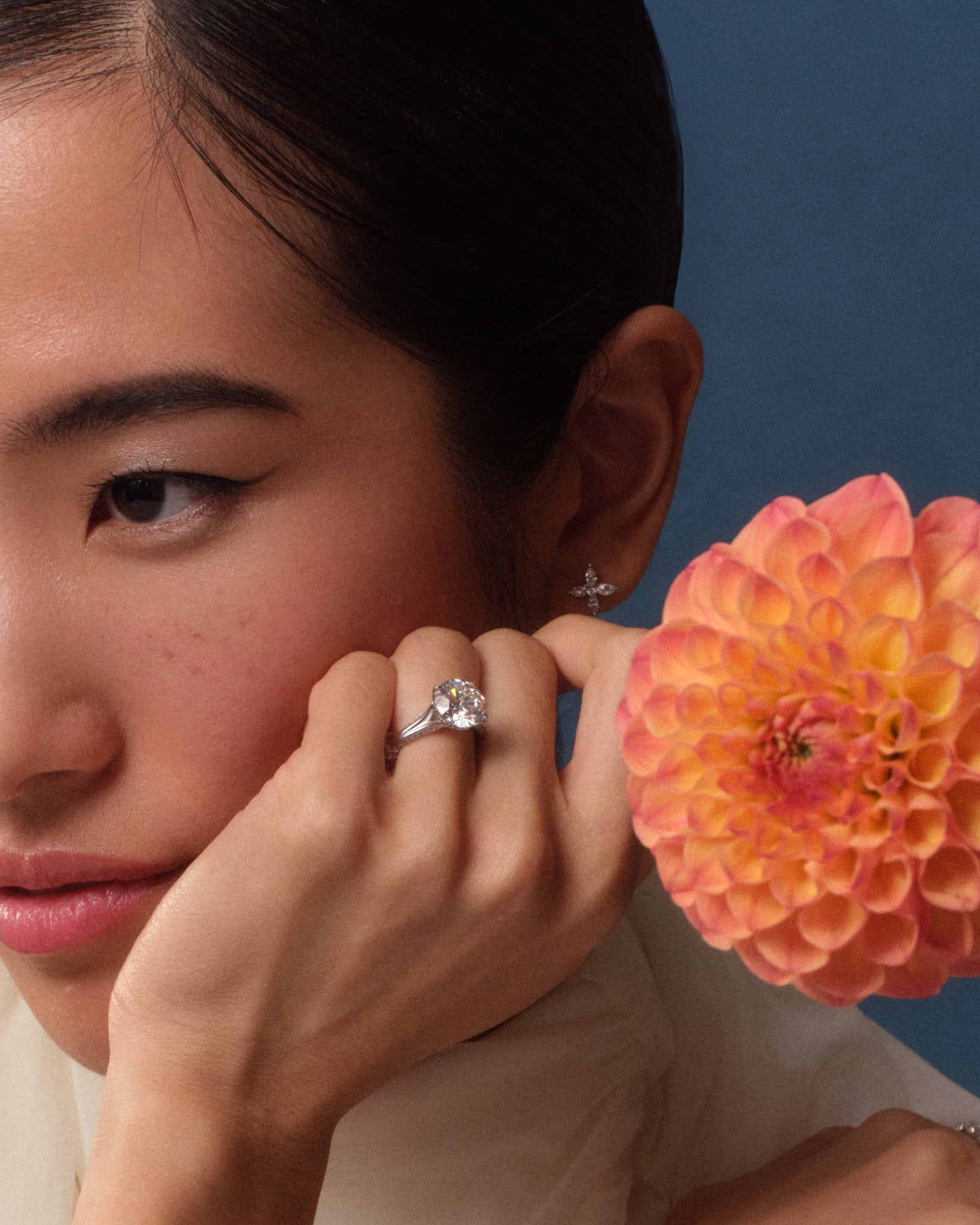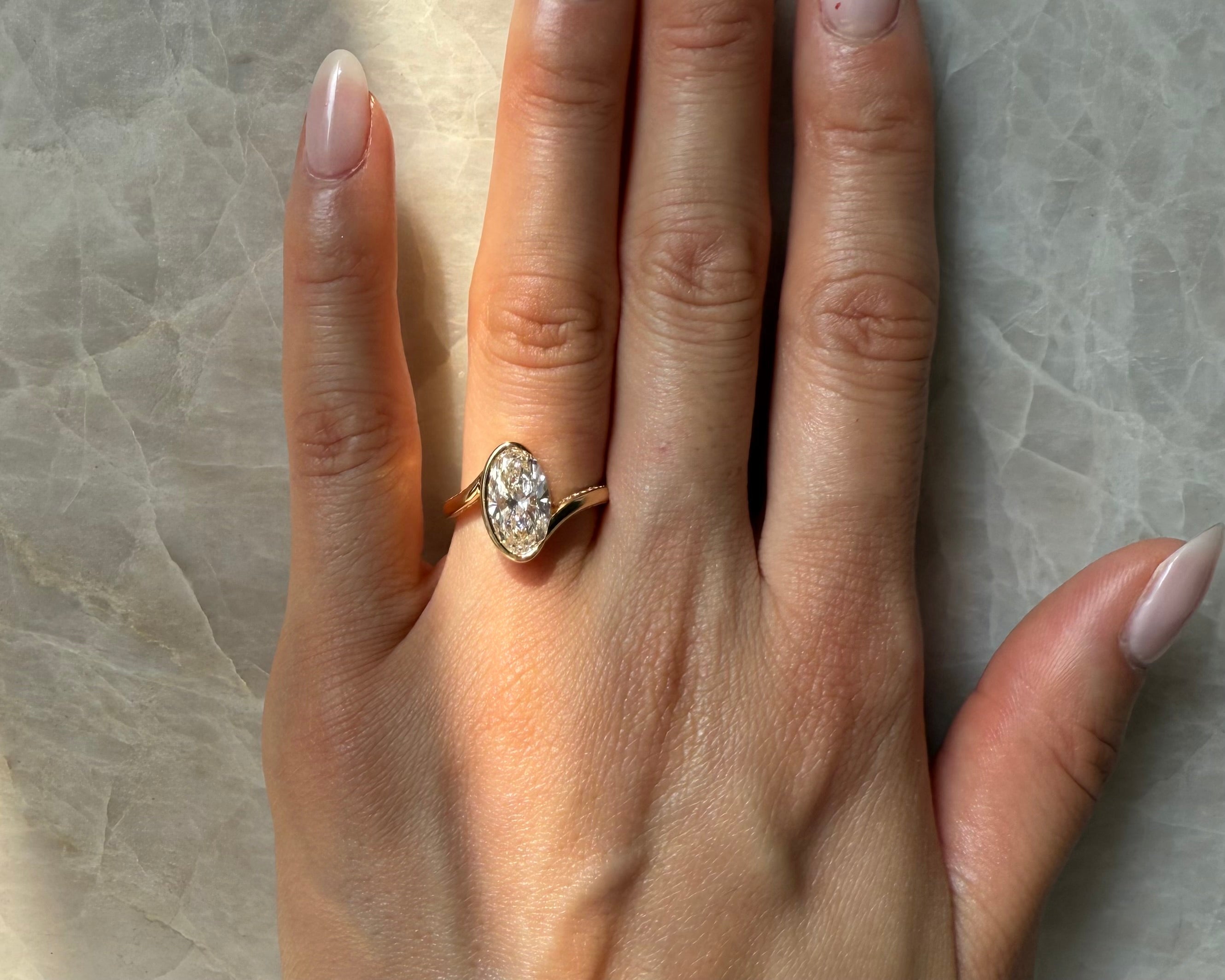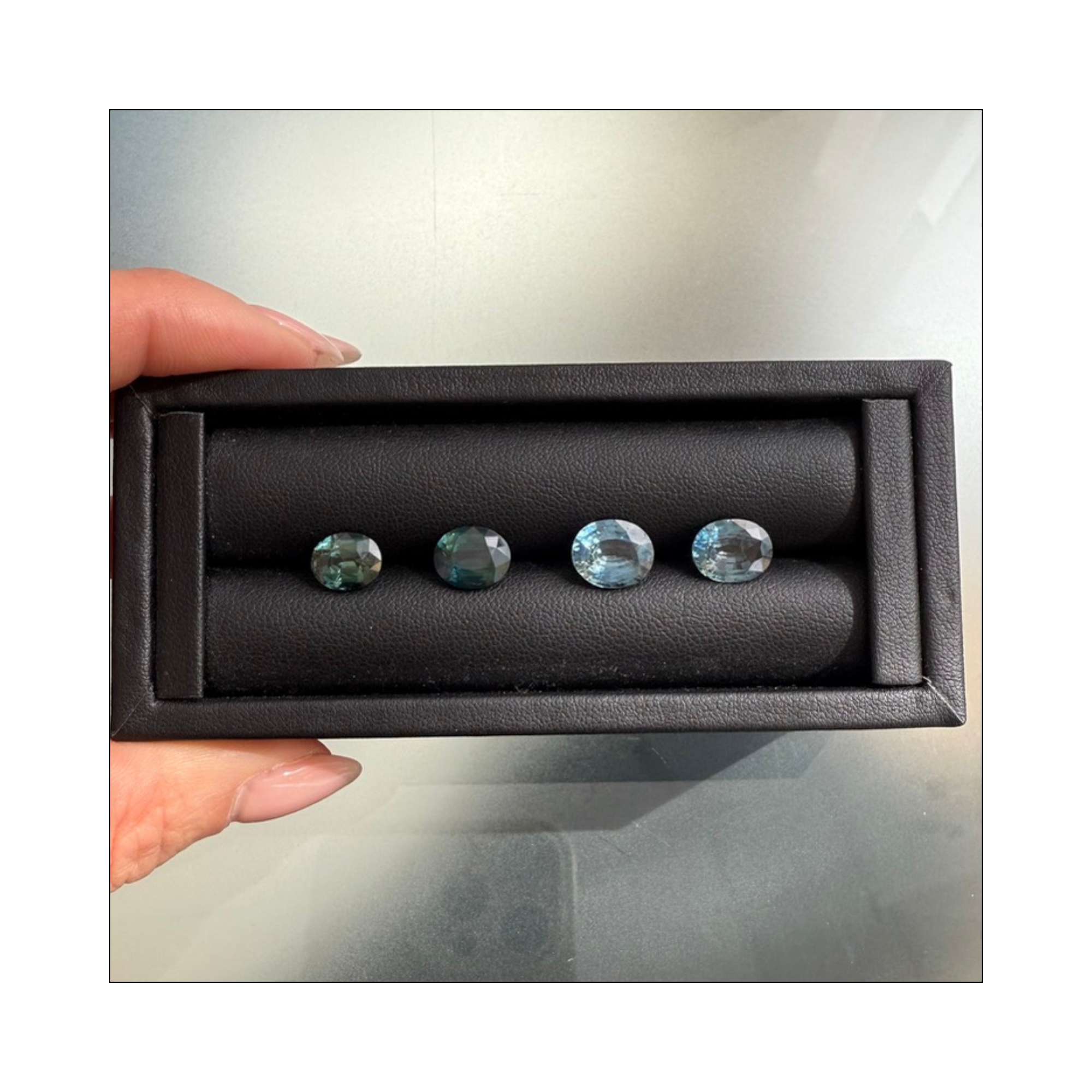Colombian vs. Zambian Emeralds — Understanding the Difference
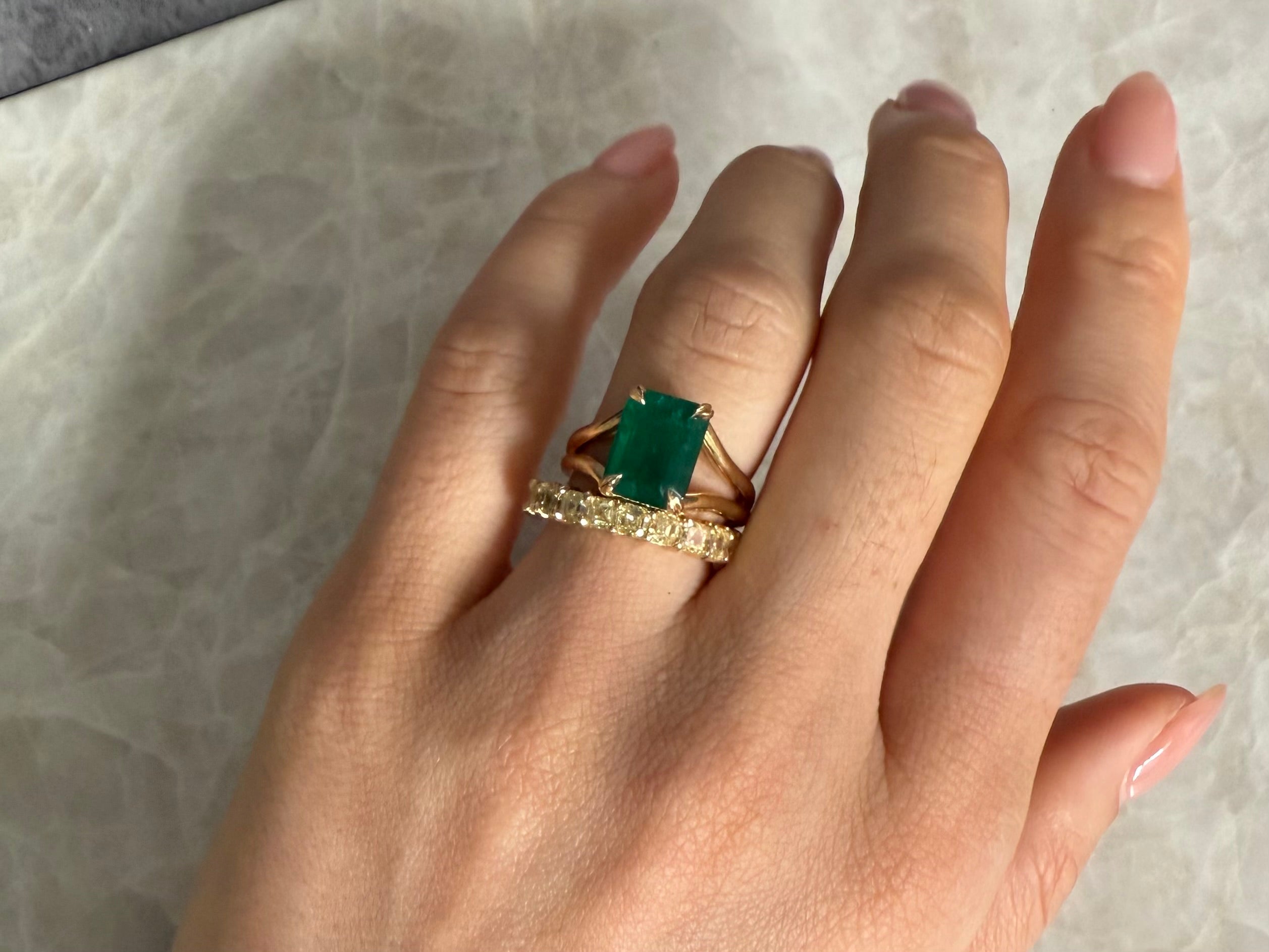
TL;DR
Colombian and Zambian emeralds each offer their own kind of magic — Colombia’s radiant green with a golden glow, and Zambia’s deep, cool intensity. Both can be extraordinary when fine grade: vibrant, clear, and minimally treated. At ROEN, we source only fine-grade emeralds, crafted by master jewelers into heirlooms designed to endure in beauty, value, and meaning.
Colombian vs. Zambian Emeralds — Understanding the Difference
Emeralds have captivated collectors for centuries — luminous green gems that evoke life, renewal, and timeless sophistication. Among the most sought-after sources, Colombia and Zambia consistently produce the world’s finest stones. While each region’s emeralds have distinct qualities, both offer breathtaking beauty in their own way.

Color and Character
Colombian emeralds are revered for their bright, pure green with a touch of blue — the classic “emerald green” most imagine when they picture this gemstone. Their hue is crisp, vibrant, and full of light.
Zambian emeralds lean deeper in tone, often showing a rich bluish-green with a velvety depth. This subtle difference gives Zambian stones a regal and contemporary appeal. Both origins produce extraordinary gems; your choice ultimately depends on whether you prefer radiance and brightness, or richness and depth.
Mining and Origin
Colombian emeralds form in calcite and shale veins, a geological environment that gives rise to their characteristic brightness and clarity. The country’s Muzo, Chivor, and Coscuez mines are among the most legendary in the world, with a lineage of emerald production dating back hundreds of years.
Zambian emeralds, by contrast, are found in quartz and mica schist deposits, a more modern geological setting that enhances their cooler tones and structural durability. Zambia’s Kagem mine — the largest emerald mine on Earth — is globally recognized for its responsible mining practices and steady production of fine-grade stones.
Treatment and Enhancement
Most emeralds receive some form of enhancement to improve their clarity. Traditional oil and resin treatments gently fill the natural inclusions (called “jardin,” or garden) that form as the gem grows. Colombian emeralds are most often treated with pure cedarwood oil, while Zambian emeralds may be treated with similar natural oils or light resins.
At ROEN, we disclose all treatments transparently. We source only from trusted partners who adhere to the highest standards of integrity and ethics. Untreated fine-grade emeralds are exceptionally rare and can command a premium — but even lightly treated stones of fine quality can be extraordinary heirlooms when chosen with care.
Fine Grade vs. Commercial Grade
Not all emeralds are created equal. Fine-grade emeralds are prized for their luminous color, balanced tone, and inner life — qualities that are unmistakable when placed beside a commercial-grade stone. The difference is immediately visible: fine-grade emeralds glow with clarity and light, while commercial stones may appear cloudy, overly dark, or uneven in color.
Within fine grade itself, there are many levels. Retail pricing can begin around $2,000 per carat for a well-cut, beautifully colored stone and can climb past $50,000 per carat for the rarest, most vividly saturated gems with near-perfect clarity and minimal enhancement. These are stones with long-term value — the kind collectors and connoisseurs seek not just for beauty, but as true generational assets.
At ROEN, we exclusively source and design with fine-grade gemstones. Each one is carefully selected for hue, clarity, and structural integrity before being master set in our New York atelier — ensuring every finished piece meets our exacting standard of what an heirloom should be.
Emerald Durability and Setting Considerations
Emeralds can absolutely be used for engagement rings — and many of history’s most iconic rings have featured them — but they do require thoughtful design. While emeralds are relatively hard (7.5–8 on the Mohs scale), their internal inclusions can make them more brittle than diamonds or sapphires.
For this reason, we recommend protective settings, such as a bezel or semi-bezel, which encase the edges and safeguard the stone from impact. Clients who are gentle with their hands tend to wear emerald rings beautifully for decades.
Bezel-setting an emerald, however, is an art form in itself. Because emerald crystals have natural growth lines and internal “gardens,” applying pressure must be done with extreme precision. At ROEN, our master craftsmen are experienced in this specialized technique, ensuring the gem is secured safely and gracefully without compromising its integrity or brilliance.
Certification and Trust
Unlike diamonds, fine emeralds do not always require certification. Their beauty is best assessed by an expert eye — balancing color, tone, and life within the stone. However, for clients who prefer documentation, ROEN can arrange independent certification through leading gemological laboratories such as GIA or AGL upon request.
The ROEN Standard
Whether Colombian or Zambian, every emerald that enters our atelier is hand-selected for its rarity, vibrancy, and energy. At ROEN, we take pride in sourcing only fine-grade gemstones, ensuring that every piece we craft becomes a generational heirloom — an object of enduring value, beauty, and craftsmanship worthy of our most discerning clients.
Find Your Dream Emerald Today
Our caring team at would be delighted to assist. Get in touch with us – bespoke@roen.nyc.

